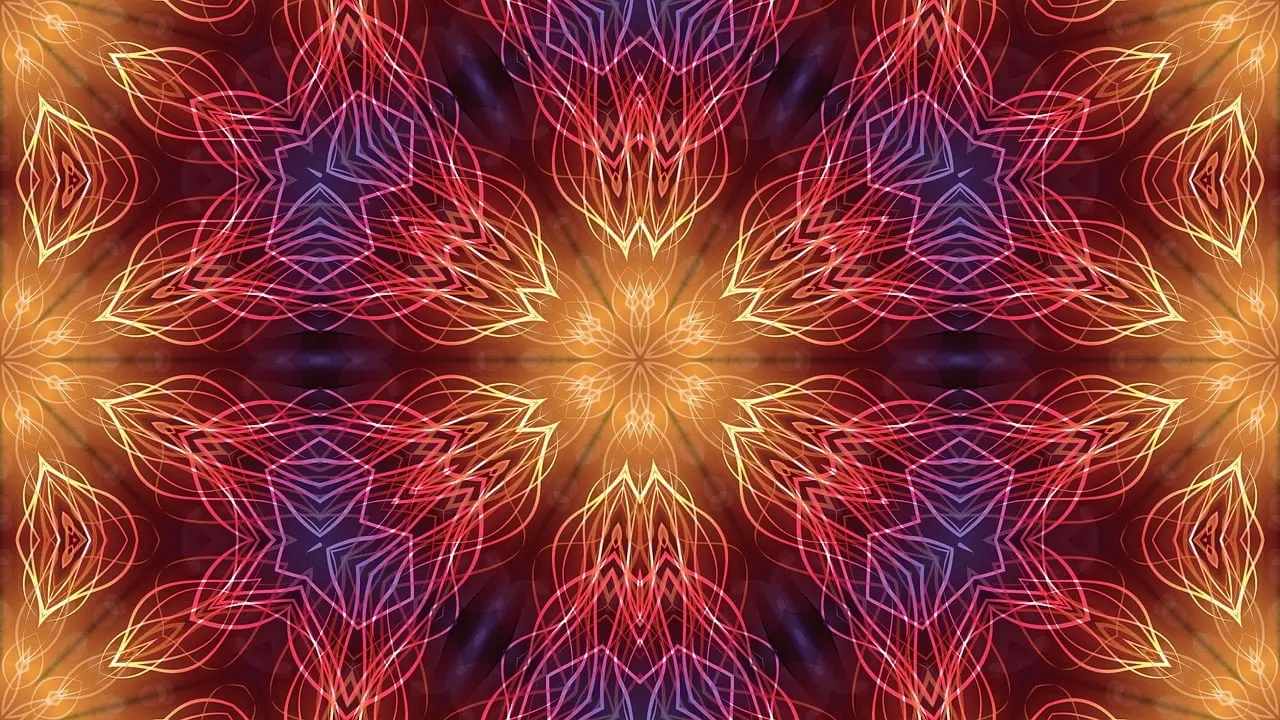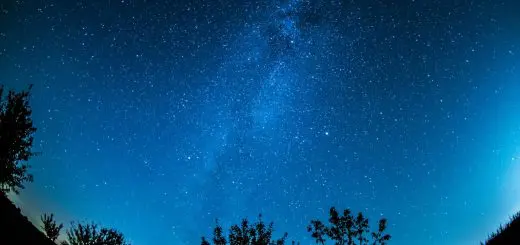The Tale of Baba Yaga: A Russian Folklore Icon

Looking for more amazing products? Check out our online store and explore our collection here! Happy shopping!
Before diving in, please note: This post is for informational purposes only. If you’d like to know more about how we approach topics, feel free to check out our friendly Disclaimer Page.
Hey there, amazing readers! 
We’re committed to delivering quality posts, and your support (even just sticking around despite the ads) means everything to us. So, bear with us, and thanks for helping us keep the good vibes rolling. Now, on to the fun stuff!
TRANSLATE BUTTON AT THE END OF THE ARTICLE
A Quick Overview
Baba Yaga is one of the most iconic figures in Russian folklore, embodying a blend of fear and fascination.
With her sharp wit, unpredictable nature, and deep-rooted connections to Slavic mythology, she has enchanted storytellers and audiences alike for centuries.
As we delve into the enchanting world of Baba Yaga, we’ll explore her origins, her unique abode, her multifaceted personality, and her lasting impact on culture.
Let’s take a journey through the tales that make Baba Yaga an unforgettable character!
Introduction to Baba Yaga: The Enigmatic Witch of Russia
When I think of Baba Yaga, I picture a figure that dances on the line between good and evil.
This witch isn’t your typical villain.
Instead, she’s a complex character who can be both a helper and a hindrance.
Often depicted as an old woman with a bony leg, wild hair, and fierce eyes, Baba Yaga has a reputation that precedes her.
In the folklore, she resides in a peculiar hut that stands on chicken legs, a dwelling as quirky as she is.
People come to her seeking wisdom, assistance, or sometimes even a good scare.
Her personality is as unpredictable as a gust of wind.
One moment she might offer guidance, and the next, she could be a source of terror.
Baba Yaga’s tales form an intricate web of stories that emphasize the importance of choices and consequences.
But what makes her such a compelling figure?
Let’s dig into her origins to find out.
The Origins of Baba Yaga: Tracing Her Folklore Roots
Baba Yaga’s origins can be traced back to ancient Slavic mythology.
She is believed to embody the dual forces of nature, representing both life and death.
In Slavic cultures, witches were often viewed with suspicion, and Baba Yaga is no exception.
Her presence in folklore reflects the fears and mysteries surrounding the natural world.
Some scholars suggest that she may have been inspired by ancient earth goddesses, linking her to fertility and the old ways of pagan spirituality.
As Christianity spread through Russia, she transformed from a goddess-like figure into a more sinister one, embodying the fears of societal norms.
Her stories appeared in oral traditions long before being written down, allowing her character to evolve and adapt.
This evolution reflects the changing world and the complexities of human nature, making her an enduring symbol of Russian folklore.
Baba Yaga’s Iconic Hut: A House on Chicken Legs
Ah, Baba Yaga’s hut!
It’s not just a home; it’s a character in itself.
Imagine a small, rickety house perched on chicken legs, capable of spinning around to face visitors.
You might think it’s a whimsical idea, but it carries deeper meanings.
In many tales, the hut can only be accessed with a special incantation.
This symbolizes the idea that access to knowledge and wisdom requires respect and understanding.
The hut serves as a metaphor for the boundaries between the known and the unknown.
When someone wishes to enter, they often must perform certain tasks, reflecting the concept that wisdom comes to those who are willing to work for it.
The hut is both a sanctuary and a trap, embodying Baba Yaga’s unpredictable nature.
The Three Sisters: Exploring Baba Yaga’s Unique Family
Baba Yaga is often described as having three sisters, each named Baba Yaga as well.
This peculiar family dynamic raises questions about identity and individuality.
How can four witches share the same name?
These sisters live in their own unique huts, each with its own quirks and magical properties.
The presence of the sisters highlights themes of unity and diversity within the family unit.
Despite their similarities, each sister has her own personality and role, adding layers to the folklore.
Interestingly, while the sisters share the same name and some characteristics, their stories often diverge.
They each represent different aspects of life and the challenges that come with it.
This sibling dynamic informs us that even within families, individuality is crucial.
Baba Yaga in Slavic Mythology: A Complex Character
As we navigate the intricate tapestry of Slavic mythology, Baba Yaga emerges as a multifaceted character.
She embodies the principles of duality—creation and destruction, life and death.
Her character challenges the notion of good versus evil, often acting as a catalyst for change in the lives of those who encounter her.
In many tales, she serves as a guardian of wisdom, a keeper of ancient knowledge.
However, she can also be a figure to be feared.
This duality makes her relatable.
We all possess the capacity for kindness and cruelty, often shaped by our circumstances.
Baba Yaga’s role in stories often pivots around the hero’s journey.
She may help the hero on their quest, providing them with magical items or vital information.
Yet, the hero must prove their worthiness, emphasizing that wisdom and power come with responsibility.
Traditional Tales: How Baba Yaga Shapes Russian Culture
Baba Yaga’s influence permeates Russian culture.
From children’s stories to adult literature, her character often appears in various forms.
These tales serve not only as entertainment but also as moral lessons and cautionary tales.
Children grow up hearing her stories, learning about bravery, resourcefulness, and respect for nature.
Each tale carries an underlying message, often emphasizing the importance of making wise decisions.
The adventures often include elements of magic, showcasing the rich imagination embedded in Russian folklore.
Baba Yaga also acts as a bridge between the past and present.
Cultural festivals celebrating her character take place throughout Russia, allowing communities to connect with their heritage.
Her figure continues to inspire artists, writers, and musicians, ensuring that she remains a vital part of Russian identity.
The Dual Nature of Baba Yaga: Villain or Wise Woman?
Baba Yaga is a fascinating study in contrasts.
On one hand, she is a fearsome witch who can conjure storms and wield ominous power.
On the other, she represents wisdom and guidance.
This duality makes it difficult to label her strictly as a villain or a hero.
Some see her as a foe to be vanquished, while others view her as a mentor, offering vital lessons to those brave enough to seek her out.
This complexity is what makes her so relatable.
We all have moments when we embody conflicting traits.
In essence, Baba Yaga teaches us that life isn’t black and white.
Every encounter we face can hold wisdom, even if it initially appears threatening.
Her character serves as a reminder that understanding the complexities of human nature can lead to growth and enlightenment.
Iconic Encounters: Baba Yaga in Folktales and Fables
Throughout Slavic folklore, Baba Yaga has memorable encounters with numerous characters.
In many tales, heroes must navigate her testing grounds to gain their rewards.
What’s fascinating is how these encounters often reveal the hero’s true nature.
For instance, in some stories, a kind and respectful hero emerges victorious, while others who approach her with disrespect face dire consequences.
These tales illustrate the importance of humility and respect when dealing with enigmatic figures.
Baba Yaga often presents challenges that force characters to confront their fears and doubts.
This journey of self-discovery is a hallmark of her stories, making them timeless.
Symbolism in Baba Yaga’s Stories: Lessons and Morals
Baba Yaga’s stories are rich with symbolism.
Her character embodies the forces of nature, representing the balance between life and death, wisdom and folly.
Her hut on chicken legs symbolizes the transient nature of life—ever changing and unpredictable.
The tasks and trials set by Baba Yaga often serve as metaphors for personal growth.
They compel characters to reflect on their actions, choices, and the consequences that follow.
We learn that courage, kindness, and perseverance can lead to unexpected rewards.
Moreover, her character emphasizes the concept of duality in our lives.
Just like Baba Yaga, we face choices that can lead us down different paths, and it’s up to us to decide.
This moral underpins many tales, making them relevant across generations.
Baba Yaga in Modern Media: From Books to Films
Today, Baba Yaga has transcended folklore and found her way into modern media.
She appears in books, films, and even video games.
Each adaptation offers a new interpretation of her character, showcasing her versatility.
In movies, she might play the role of a terrifying antagonist or a wise mentor.
The way filmmakers and authors portray her reveals the evolving perception of this iconic witch.
Some modern adaptations highlight her as a misunderstood figure, challenging traditional narratives.
Furthermore, the resurgence of interest in folklore has led to a renewed fascination with Baba Yaga.
Authors are reimagining her stories, blending old traditions with contemporary themes.
This revitalization ensures that Baba Yaga remains a dynamic part of cultural conversations.
Celebrating Baba Yaga: Festivals and Cultural Events
Baba Yaga’s influence extends beyond stories; she is celebrated in various festivals and cultural events across Russia.
Communities come together to honor her character and the lessons she embodies.
These festivities often include storytelling, music, and traditional dances, bringing people closer to their folklore roots.
Such celebrations allow families to pass down stories to younger generations, keeping the spirit of Baba Yaga alive.
It’s a joyful way to connect with culture, history, and the enchanting world of Slavic myths.
Moreover, these events often emphasize community values, encouraging people to reflect on their relationships with nature and each other.
In a world that can often feel disconnected, Baba Yaga’s stories remind us of our shared humanity.
Conclusion
Baba Yaga is more than just a witch in Russian folklore; she is a symbol of the complexities of life.
Her character challenges our understanding of good and evil, teaching us that wisdom can come from the most unexpected sources.
Through her stories, we learn valuable lessons about courage, respect, and the nature of choice.
As we celebrate Baba Yaga in modern media and cultural events, her legacy endures, reminding us that folklore has the power to connect us across generations.
So, the next time you hear her name, remember the depth and richness she brings to the tapestry of human experience.
She’s not just a character; she’s a part of our shared story.

The Enlightenment Journey is a remarkable collection of writings authored by a distinguished group of experts in the fields of spirituality, new age, and esoteric knowledge.
This anthology features a diverse assembly of well-experienced authors who bring their profound insights and credible perspectives to the forefront.
Each contributor possesses a wealth of knowledge and wisdom, making them authorities in their respective domains.
Together, they offer readers a transformative journey into the realms of spiritual growth, self-discovery, and esoteric enlightenment.
The Enlightenment Journey is a testament to the collective expertise of these luminaries, providing readers with a rich tapestry of ideas and information to illuminate their spiritual path.
Our Diverse Expertise
While our primary focus is on spirituality and esotericism, we are equally passionate about exploring a wide range of other topics and niches 

To ensure we provide the most accurate and valuable insights, we collaborate with trusted experts in their respective domains 
Our blog originally focused on spirituality and metaphysics, but we’ve since expanded to cover a wide range of niches. Don’t worry—we continue to publish a lot of articles on spirituality! Frequently visit our blog to explore our diverse content and stay tuned for more insightful reads.
Hey there, amazing reader! 
Check out our store here and take a peek at some of our featured products below! Thanks for being awesome!












